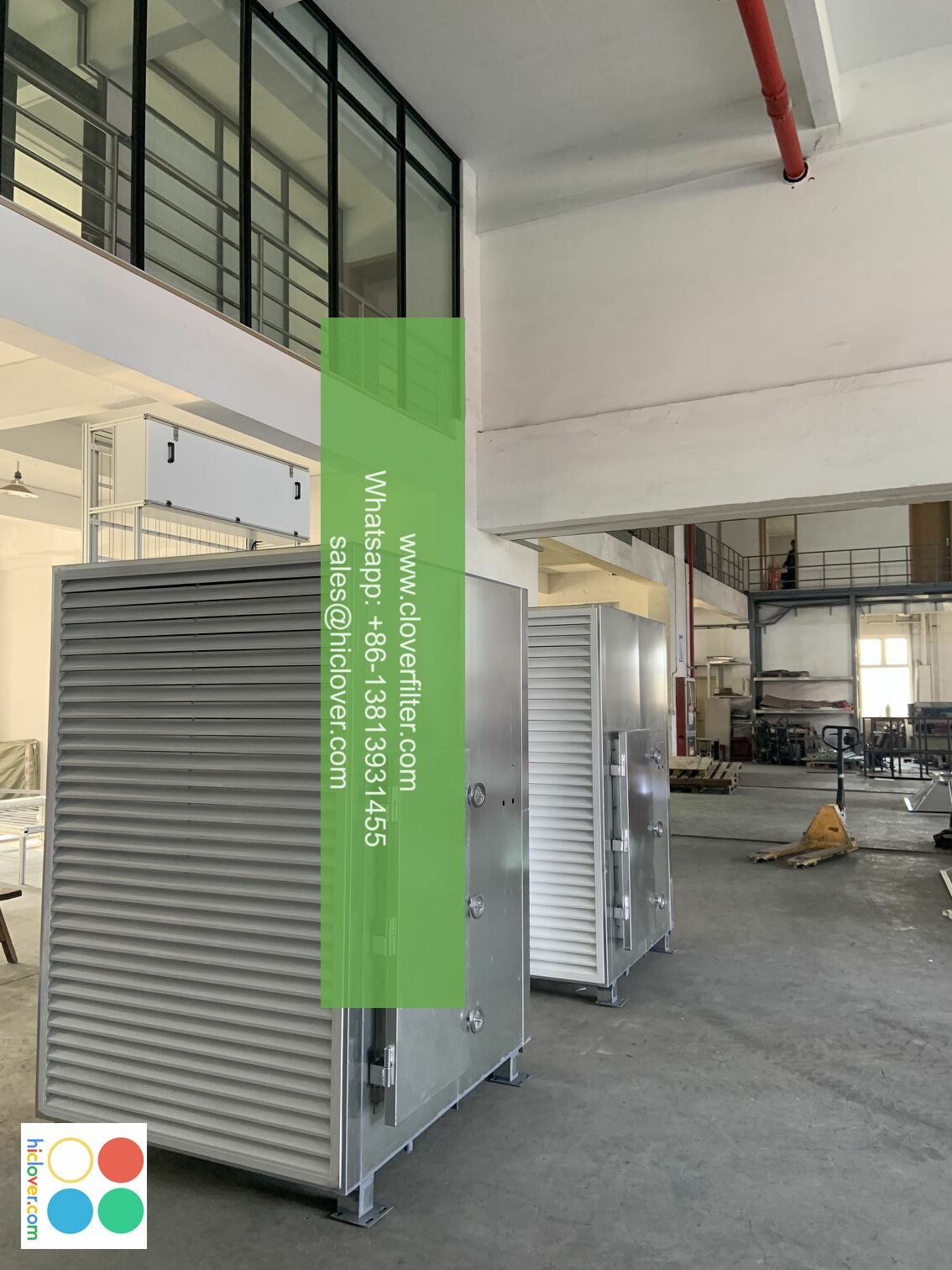A Guide to High-Efficiency Air Filters: What You Need to Know

A Guide to High-Efficiency Air Filters: What You Need to Know
What are High-Efficiency Air Filters?
In today’s world, indoor air quality (IAQ) is a growing concern. High-efficiency air filters are a crucial component in maintaining a healthy and comfortable living or working environment. These filters are designed to capture 95% or more of particles as small as 0.3 microns in size, including dust, pollen, smoke, and other airborne pollutants. In this article, we’ll explore the benefits, types, and application areas of high-efficiency air filters.
Benefits of High-Efficiency Air Filters
- Improved Air Quality: High-efficiency air filters significantly reduce airborne pollutants, creating a healthier and more comfortable indoor environment.
- Increased Energy Efficiency: By reducing the load on HVAC systems, high-efficiency air filters can help lower energy consumption and lower your energy bills.
- Reduced Allergies and Asthma: By capturing allergens and irritants, high-efficiency air filters can provide relief for those suffering from allergies and asthma.
- Extended Equipment Life: Regular cleaning of air filters can prolong the lifespan of HVAC systems and reduce maintenance costs.
- HEPA (High Efficiency Particulate Air) Filters: The most common and effective type of high-efficiency air filter, capable of capturing 99.97% of particles as small as 0.3 microns.
- EPA (ELECTROSTATICALLY CHARGED) Filters: These filters use electrostatic charges to attract and capture pollutants, making them effective for high-traffic areas.
- Activated Carbon Filters: These filters use activated carbon to remove gases, odors, and chemicals from the air, ideal for improving indoor air quality in new construction or renovations.
- Residential: Use in homes, apartments, and condominiums to improve indoor air quality and reduce allergy symptoms.
- Commercial: In offices, hospitals, schools, and hotels to reduce airborne pollutants and improve IAQ.
- Industrial: In manufacturing facilities, laboratories, and data centers to control indoor air quality and reduce particulate matter.
- HVAC System Applications: Use in air-handling units, heat pumps, and air conditioning systems to improve system performance and reduce energy consumption.
- Choose the Right Filter: Select filters suitable for your specific application, considering factors such as particle size, MERV rating, and area coverage.
- Proper Installation: Ensure filters are installed correctly, with adequate airflow to maintain system performance and efficiency.
- Regular Maintenance: Regular cleaning and replacement of filters can prolong system life and improve IAQ.
Types of High-Efficiency Air Filters
Application Areas for High-Efficiency Air Filters
Best Practices for Selecting and Installing High-Efficiency Air Filters
Conclusion
In conclusion, high-efficiency air filters are an essential component of maintaining a healthy and comfortable indoor environment. By understanding the benefits, types, and application areas of these filters, you can make informed decisions about improving indoor air quality in your home, office, or facility. Follow the best practices outlined in this guide to ensure proper selection, installation, and maintenance of your high-efficiency air filter.
I’m here to help! What would you like to talk about or would you like me to generate a prompt for you? We can have a conversation, play a game, or even create a story together! Let me know what you’re in the mood for!

